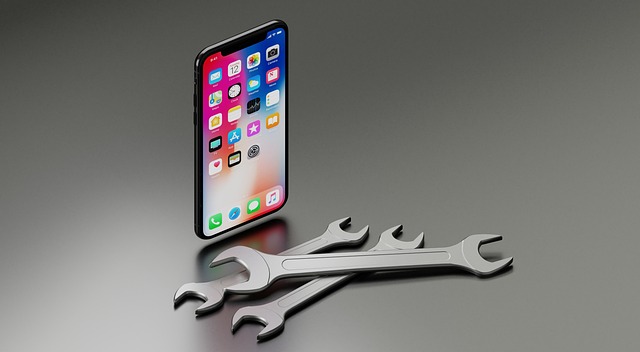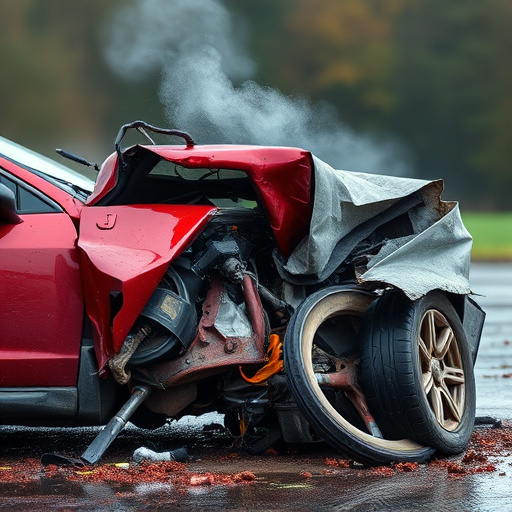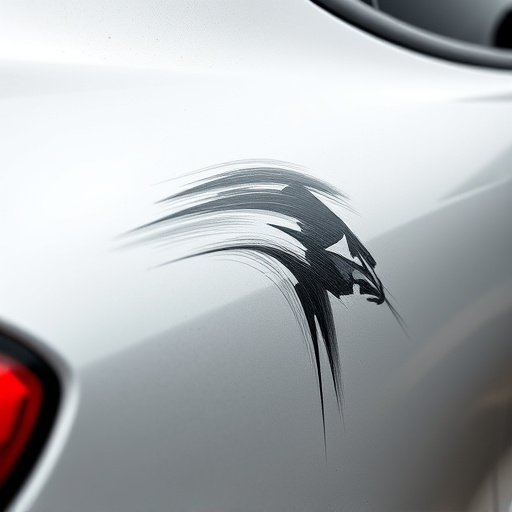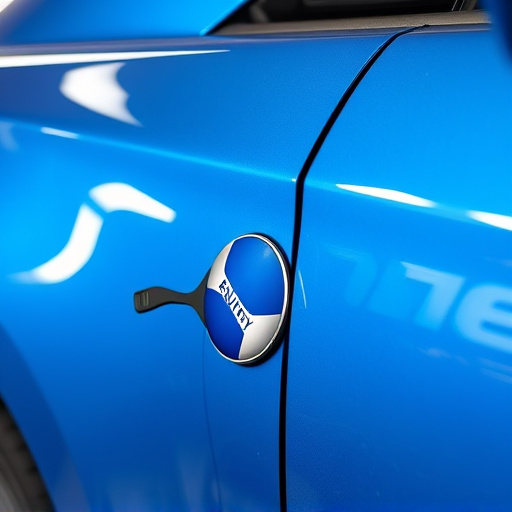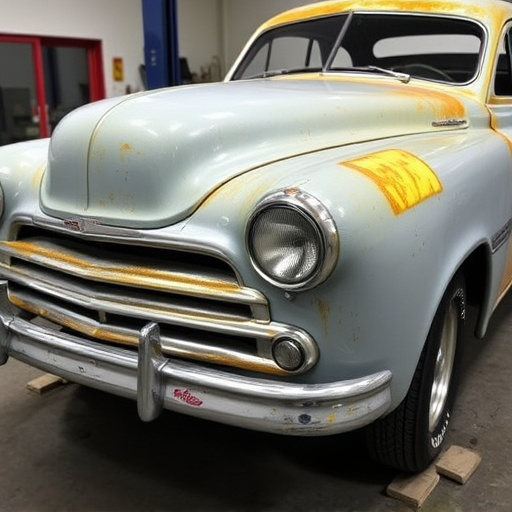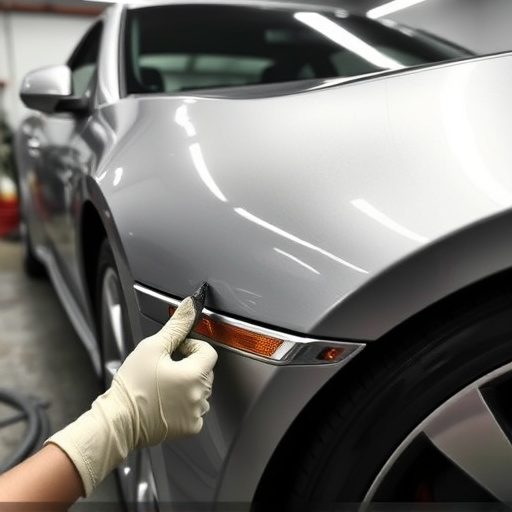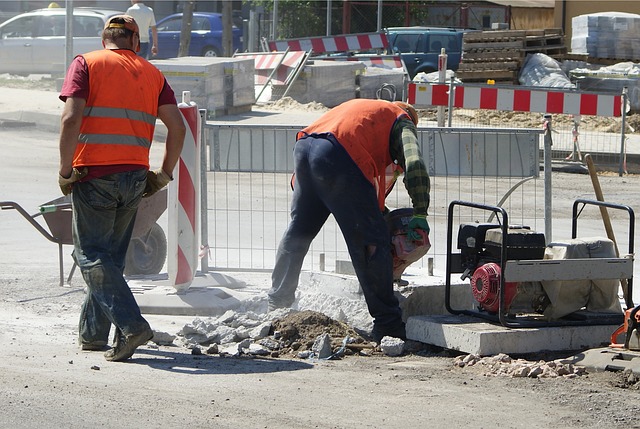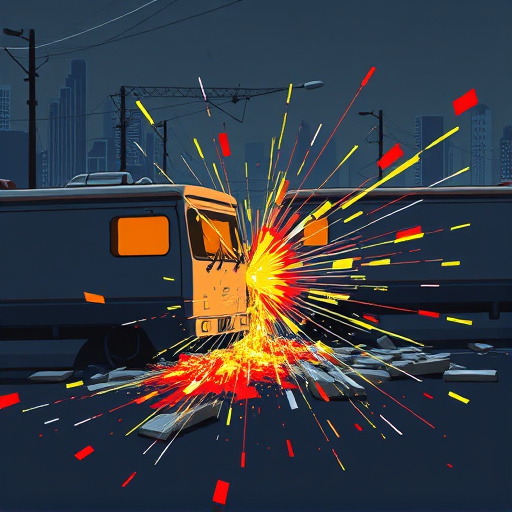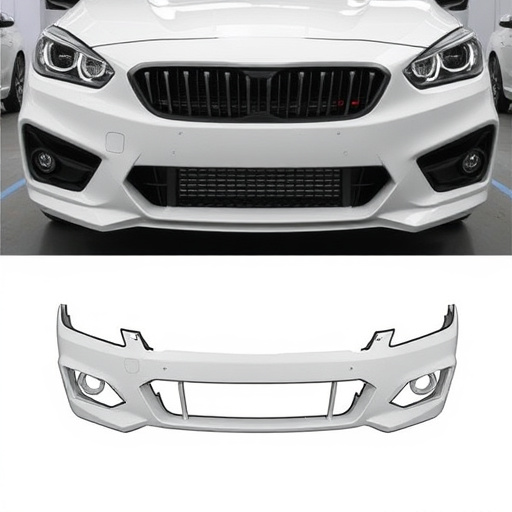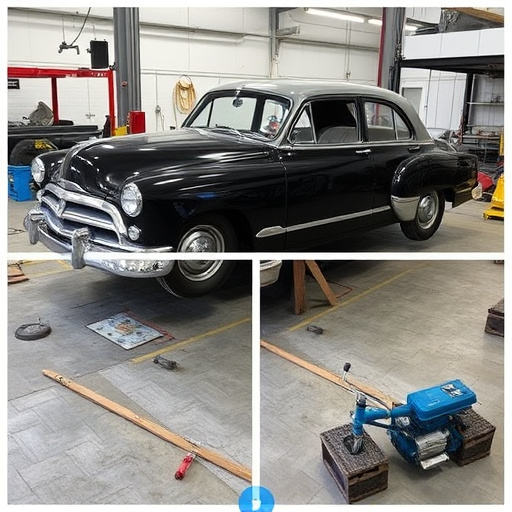Axle repair after an accident is crucial for vehicle safety and performance. Crash forces vary by vehicle type, impacting suspension components like bent axes and broken control arms. Reputable collision repair shops use advanced tools to assess damage, perform meticulous realignments, replace worn parts, and restore structural integrity. Proper axle repair ensures smooth driving and prevents future issues.
In the event of a collision, understanding how crash forces impact your vehicle’s axle and suspension is crucial for safe driving. This article delves into the mechanics behind these forces, offering insights on their effect on axles. We guide you through assessing damage, from visual inspections to advanced diagnostic tools, ensuring accurate identification. Additionally, we explore effective strategies for axle repair after accident and suspension restoration, emphasizing the importance of professional care for enhanced safety and vehicle performance.
- Understanding Crash Forces and Their Effect on Axles
- Assessing and Diagnosing Axle Damage After an Accident
- Effective Strategies for Axle Repair and Suspension Restoration
Understanding Crash Forces and Their Effect on Axles
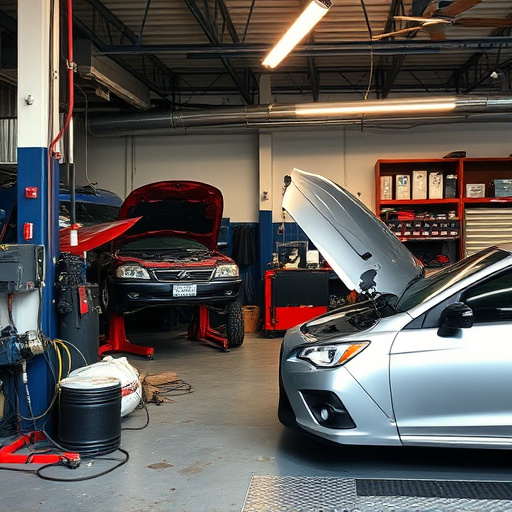
In any vehicular crash, understanding the forces at play is crucial for effective axle repair after an accident. Crash forces can vary significantly depending on the type and severity of the impact, as well as the design and age of the vehicle—be it a modern luxury car or a classic car restoration project. During a collision, the suspension system bears the brunt of these forces, transmitting them to the axles and wheels. This can result in damage to various components, including bent axes, broken control arms, or even complete failure of the suspension system itself.
For those engaging in collision repair services or vehicle bodywork restoration, especially on classic cars, comprehending these crash forces is key to ensuring structural integrity and safety. Proper axle repair after an accident involves not just replacing damaged parts but also understanding how to mitigate potential future issues by accounting for the unique forces encountered during the initial impact. This holistic approach guarantees that the restored vehicle not only drives smoothly but also remains safe on the road.
Assessing and Diagnosing Axle Damage After an Accident
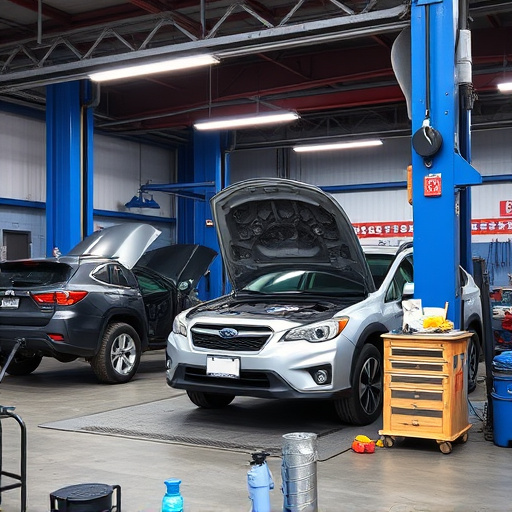
After a collision, whether it’s a minor fender bender or a severe crash, assessing and diagnosing axle damage is a crucial step in the car repair process. The first instinct might be to jump straight into repairing visible dents or cracks, but neglecting the axles could lead to long-term issues. Axle components play a vital role in ensuring the stability and safety of a vehicle during movement.
When a car undergoes an accident, the force of impact can cause stress and damage to these intricate systems. Experts at a reputable car repair shop will begin by thoroughly inspecting the axles, suspension, and surrounding areas for signs of wear, deformity, or misalignment. Advanced diagnostic tools are employed to detect even subtle anomalies. Proper axle repair after an accident is not just about replacing damaged parts but also realigning and adjusting components to restore optimal performance and safety standards. This meticulous process ensures that the vehicle returns to its pre-accident condition, enhancing roadworthiness and driver confidence.
Effective Strategies for Axle Repair and Suspension Restoration
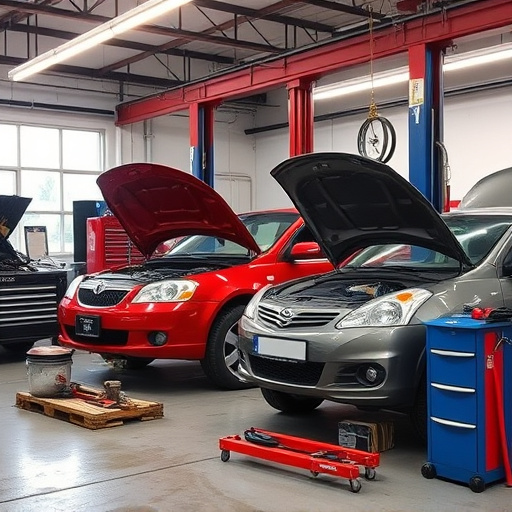
After a crash, it’s crucial to understand that axle repair and suspension restoration are critical components for ensuring your vehicle’s safety and performance. The first step is to visit a reputable collision repair shop where experienced technicians can assess the extent of damage. They’ll use advanced tools and techniques to diagnose issues with the axle and suspension system.
Effective strategies involve replacing damaged or worn-out parts, realigning suspension components, and using high-quality materials for repairs. In severe cases, complete car body restoration might be necessary, which includes meticulous panel beating, paintwork, and refinishing to match the vehicle’s original specifications. This process not only restores aesthetics but also guarantees structural integrity, making your car safer to drive on the road again.
In understanding how crash forces impact the axle and suspension, it’s clear that proper assessment and swift action are vital for both safety and vehicle longevity. By employing effective strategies for axle repair after an accident, including thorough diagnosis and restoration of the suspension system, drivers can ensure their vehicles return to optimal condition. These measures not only enhance roadworthiness but also contribute to a smoother, safer driving experience.


